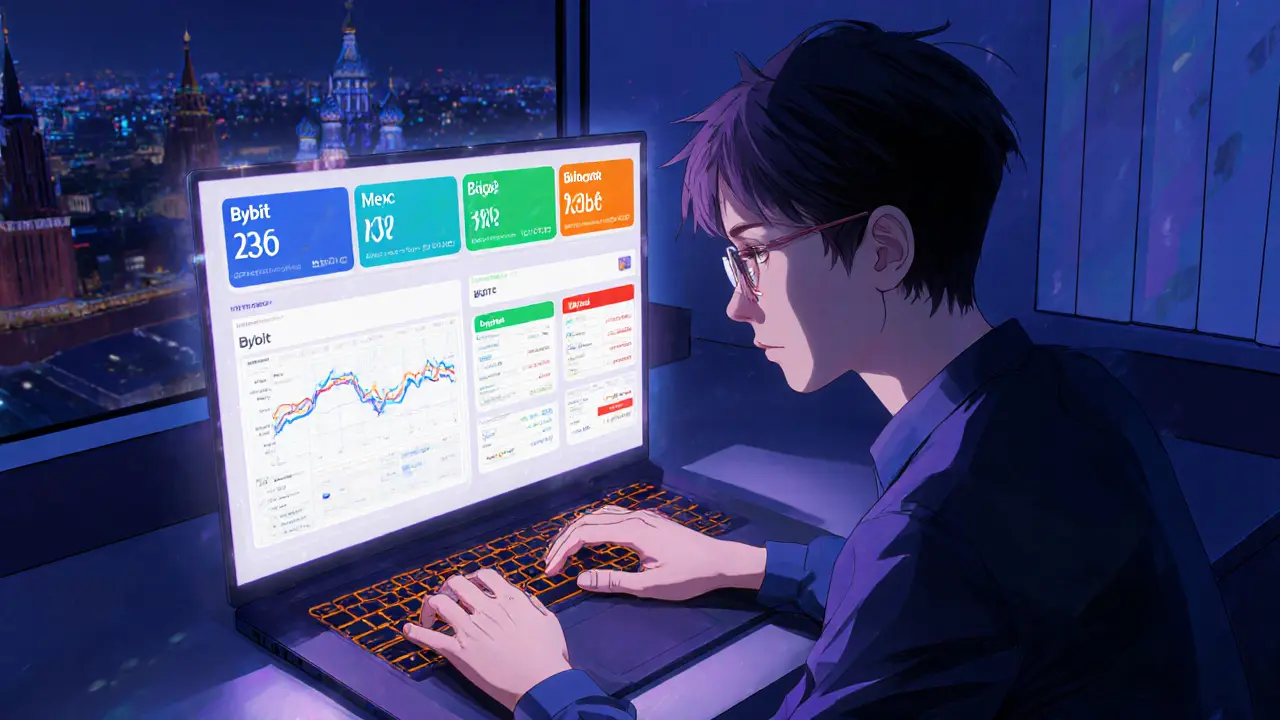P2P Crypto Trading Russia: What You Need to Know
When working with P2P crypto trading Russia, the practice of buying and selling cryptocurrencies directly between individuals using local Russian payment methods and escrow services. Also known as peer‑to‑peer crypto exchange in Russia, it bypasses centralized platforms and often offers better ruble rates.
The Russian crypto market, a fast‑growing ecosystem with over a million active traders fuels demand for P2P deals. Local banks, payment apps, and cash‑on‑delivery options give traders flexibility that big exchanges can't match. Because regulations shift quickly, participants rely on real‑time community updates to stay compliant.
At the heart of any safe transaction is an escrow service, a trusted third‑party that holds funds until both buyer and seller confirm the trade. This simple mechanism reduces fraud risk and builds confidence, especially when dealing with large sums in rubles. Most Russian P2P platforms embed escrow directly into their UI, so users don’t need separate tools.
Putting these pieces together forms a clear chain: P2P crypto trading Russia requires a reliable escrow service, relies on the dynamics of the Russian crypto market, and uses local payment methods to complete deals. The flow is straightforward – a seller lists a price, a buyer initiates the trade, the escrow locks the crypto, the buyer sends rubles via a chosen method, and finally the escrow releases the crypto once the seller verifies receipt.
One practical tip many traders overlook is the importance of payment verification. Platforms often support QIWI, YooMoney, and bank transfers, each with its own speed and fee structure. Matching the payment method to your risk tolerance can save hours of waiting and lower transaction costs. For example, instant e‑wallet transfers speed up escrow release, while slower bank wires might be cheaper but require more patience.
Security doesn’t stop at escrow. Using a hardware wallet for cold storage, enabling two‑factor authentication, and keeping a clean digital footprint are essential habits. Even though P2P trades happen off‑chain, the crypto assets still need robust protection once they leave the platform.
Regulatory awareness is another key factor. Russian authorities have periodically issued guidelines on crypto usage, and while P2P trading remains largely unregulated, large‑volume traders may attract AML checks. Staying informed through community channels and official statements helps you adapt before a rule change hits.
Below you’ll find a curated collection of articles that dive deeper into each of these areas – from platform reviews and fee breakdowns to security checklists and market forecasts. Whether you’re just starting out or looking to sharpen your P2P strategy, the resources ahead will give you actionable insight and up‑to‑date data.
